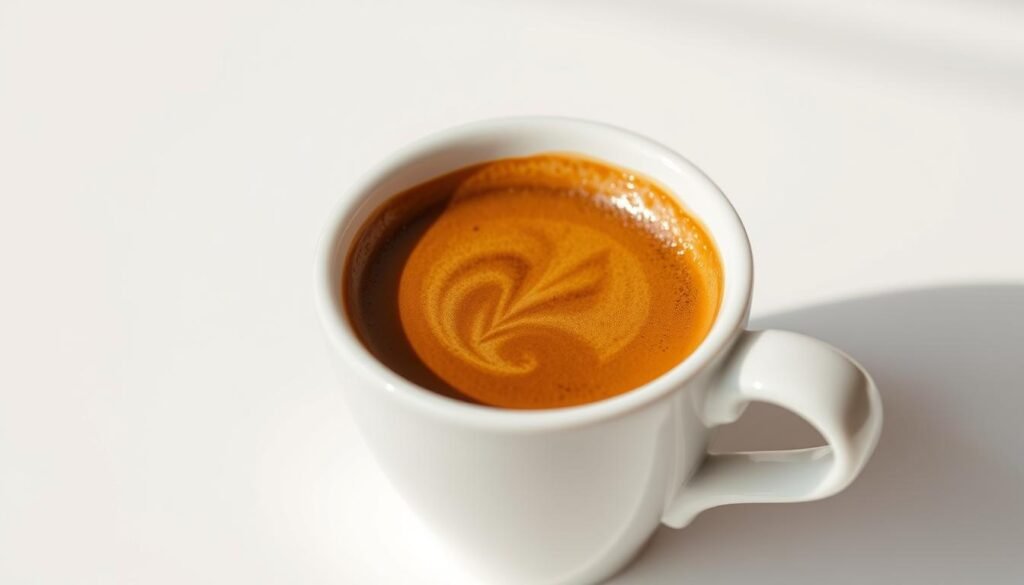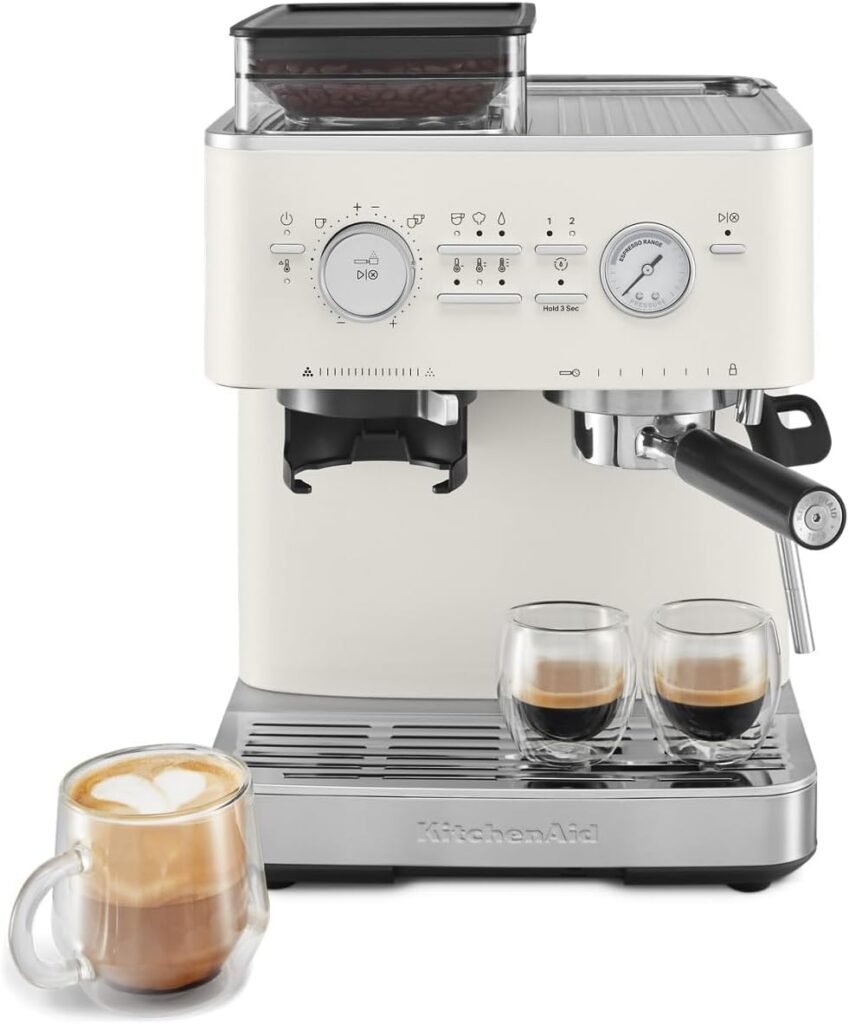The world of coffee is experiencing a significant shift, with the consumption of espresso-based beverages rising by 50% over the past eight years, according to the National Coffee Association of America. This surge is partly driven by the growing popularity of single origin espresso among coffee enthusiasts and professionals alike.
As the specialty coffee movement continues to elevate coffee quality, there’s a growing appreciation for the unique flavors and characteristics of coffees from specific regions, farms, or micro-lots. While traditional espresso has often been made with blends, the trend towards single origin espresso represents a shift towards a more transparent and authentic coffee experience. Let’s learn Why Single Origin Espresso is Worth the Hype.
Key Takeaways
- The rise of single origin espresso is driven by the specialty coffee movement.
- Single origin espresso offers a more authentic and transparent coffee experience.
- The unique flavors of specific regions, farms, or micro-lots are highlighted in single origin espresso.
- The trend towards single origin espresso is changing the way we appreciate coffee.
- Home baristas are increasingly seeking out high-quality, single origin coffees.
Understanding Single Origin Espresso vs. Blends
In the realm of specialty coffee, the choice between single origin espresso and blends is a significant one. This decision hinges on understanding the fundamental differences between these two types of coffee.
Defining Single Origin Coffee
Single origin coffee refers to coffee beans that are sourced from a single geographic region, farm, or lot within a farm. This origin is what defines the unique characteristics of the coffee, influenced by factors such as soil composition, altitude, and climate.
The transparency and traceability of single origin coffees allow consumers to know exactly where their coffee comes from, often supporting direct relationships with farmers.
The Traditional Role of Blends in Espresso
Traditionally, espresso has been made from blends of multiple coffees. By blending coffees, roasters can create a consistent flavor profile and balance out the characteristics of individual coffees.
| Characteristics | Single Origin Espresso | Espresso Blends |
|---|---|---|
| Flavor Profile | Unique, distinct notes | Balanced, consistent |
| Origin | Single farm or lot | Multiple farms or lots |
| Roasting | Highlighting inherent flavors | Balancing diverse flavors |
The Rise of Single Origin in Specialty Coffee Culture
The specialty coffee culture has seen a rise in the popularity of single origin espresso, driven by the desire for transparency and unique flavor profiles. Advances in roasting techniques and espresso machine technology have made it possible to showcase the nuanced flavors of single origin coffees.
As a result, third-wave coffee shops and roasters have championed single origin espresso, highlighting the unique characteristics of exceptional coffees.

The Unique Flavor Experience of Single Origin Espresso
The journey into single origin espresso reveals a complex and nuanced world of flavors that challenge and reward the palate. Unlike blends, single origin coffees offer a distinct taste experience that is deeply rooted in their origin, roast degree, and brewing method.
When brewing single origin espresso, the flavor profiles can be quite diverse. For instance, Ethiopian coffees are known for their bright citrus notes, while Central American beans often exhibit chocolate and nut profiles. Indonesian varieties, on the other hand, can have an earthy depth that is both unique and captivating. The espresso brewing method intensifies these flavors, creating a more pronounced and sometimes challenging but rewarding tasting experience.
However, brewing single origin espresso comes with its challenges. It requires precise grind adjustments and temperature control to extract the optimal flavors. The process of “dialing in” an espresso is crucial, as single origins often demand more attention and skill compared to blends. Moreover, the seasonal nature of single origin coffees means that the espresso experience can change throughout the year, keeping the flavor journey exciting and dynamic.
The roast profile also plays a significant role in shaping the flavor of single origin espresso. Lighter roasts tend to preserve the origin characteristics, while medium roasts balance acidity and body. For home baristas, exploring single origin espresso requires not only the right equipment but also a willingness to experiment and adapt. With the right espresso machine and brewing techniques, anyone can unlock the unique flavors of single origin coffees.
In conclusion, while single origin espresso may demand more effort and attention, the reward is a more diverse, exciting, and educational coffee experience. It connects the drinker to specific places and producers around the world, making each cup a journey of discovery. Whether you’re a seasoned coffee enthusiast or just starting to explore the world of specialty coffee, single origin espresso is definitely worth the hype.


